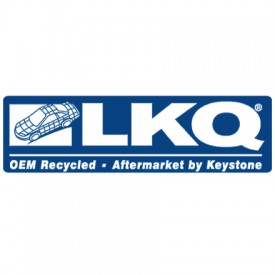LKQ Corp. has announced results for the first quarter ended March 31, showing a revenue of $3 billion, down 3.2 percent year-over-year. The company also provided an update on the impact of the COVID-19 pandemic on its business and its response designed to mitigate the impact. Parts and services organic revenue declined 3.5 percent.
“As the COVID-19 pandemic spread rapidly across the globe during the first quarter, our number one priority was, and continues to be, the health and safety of our employees, customers, vendor partners and the communities where we operate,” said Dominick Zarcone, president and CEO of LKQ Corp. “Our businesses got off to an excellent start in January and February, carrying the strong momentum from 2019 on all fronts and reinforcing our key priorities of profitable revenue growth, accretive margins and cash flow generation. Through February, each of our segments was in line with or ahead of our revenue and profit expectations. As the restrictions on movement of people were imposed resulting in the decline of demand for our parts across all business segments, our financial results during the second half of March deteriorated. This reduced level of demand has continued, with April revenue down approximately 40 percent compared to the prior year, significantly impacting our near-term financial results. We anticipate a gradual improvement in revenue and profitability as governments around the globe begin the process of lifting the restrictions on mobility and opening their economies.”
Net income for the first quarter of 2020 was $146 million as compared to $98 million for the same period in 2019, an increase of 49 percent year-over-year.
“To help mitigate the business disruption caused by the COVID-19 pandemic, and to position LKQ for earnings growth when the U.S. and European economies rebound, we have taken decisive action and implemented comprehensive cost reduction plans throughout the enterprise, including substantial staffing adjustments,” said Zarcone. “This focus on our cost structure and the variable nature of certain expenses has resulted in a potential annualized run-rate savings of more than $1 billion.”
